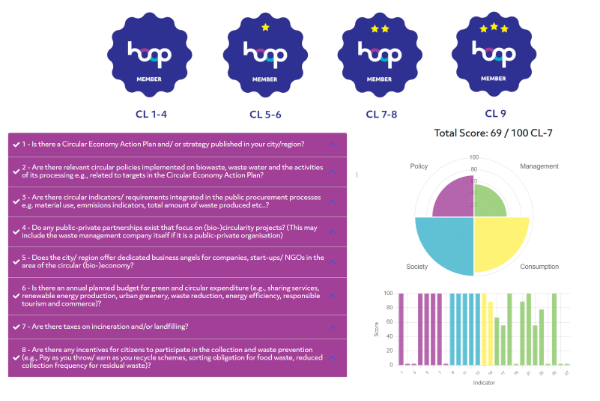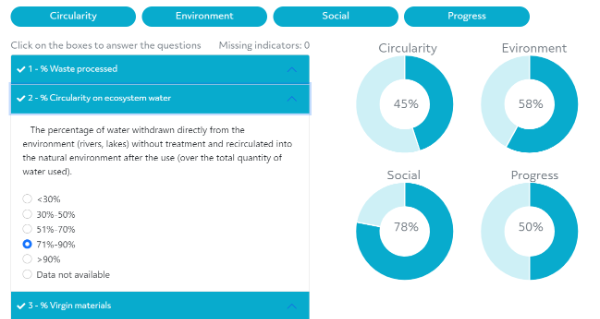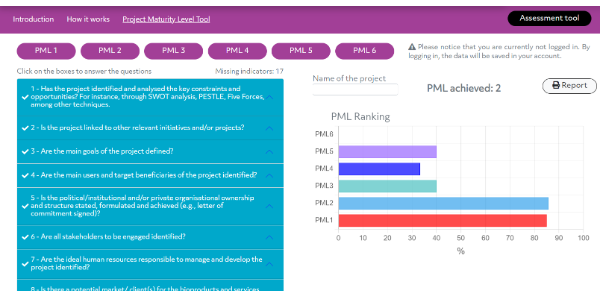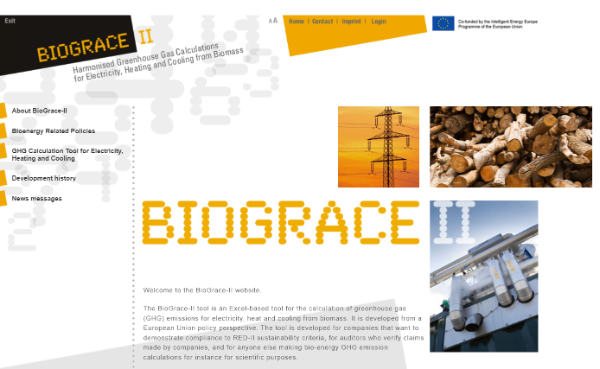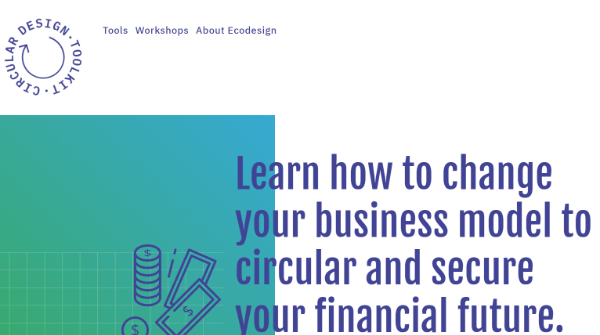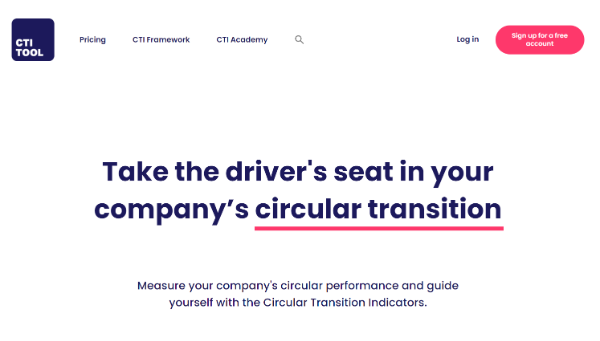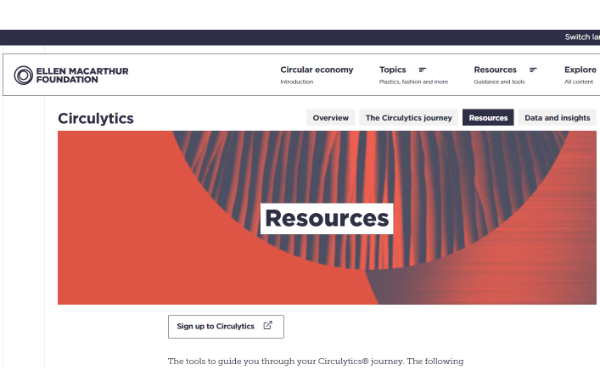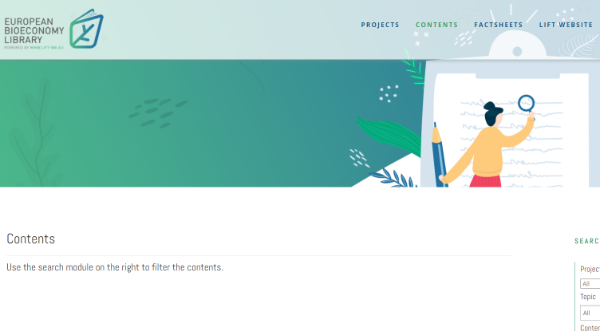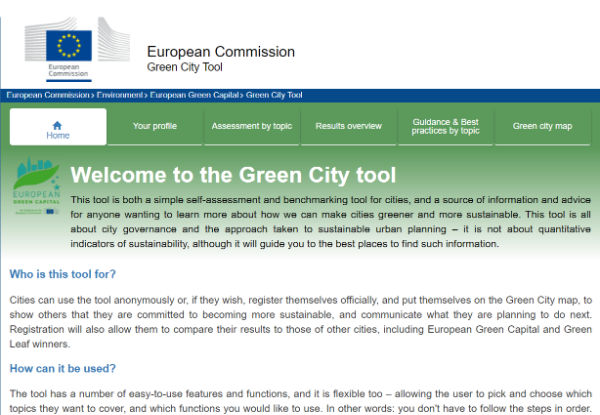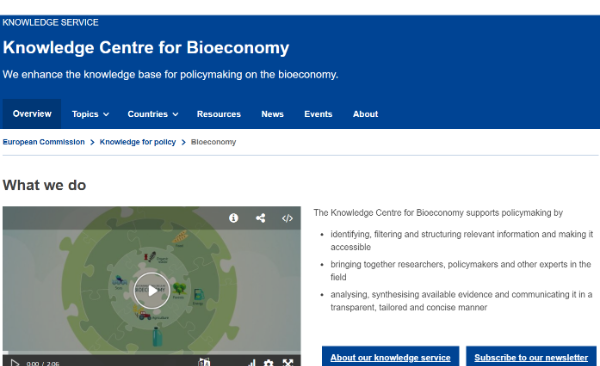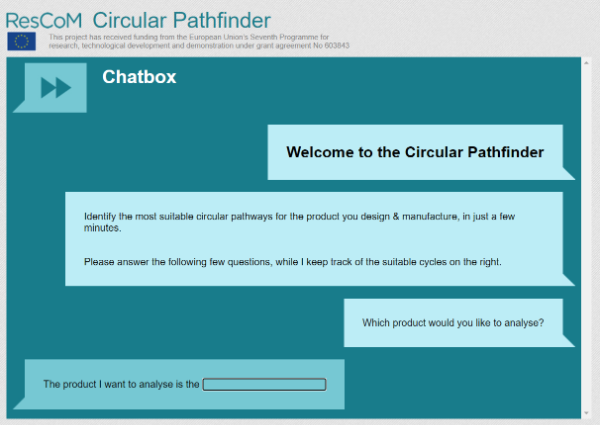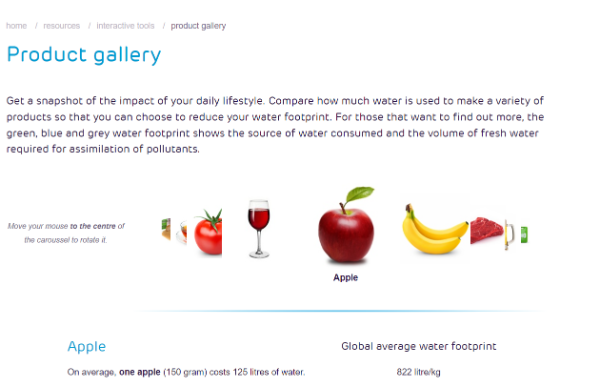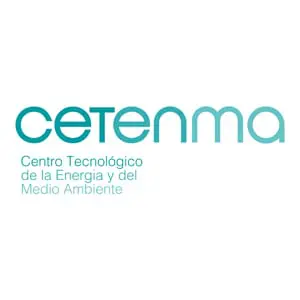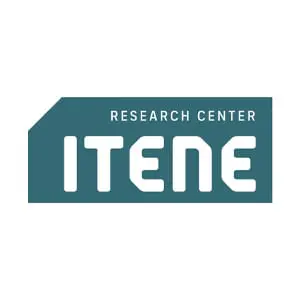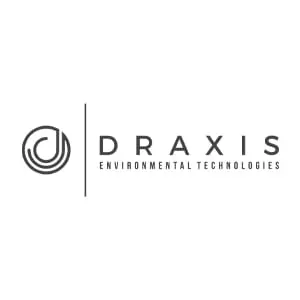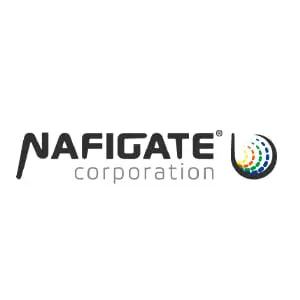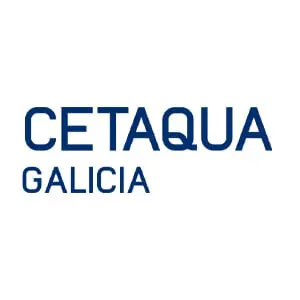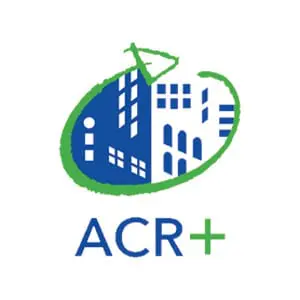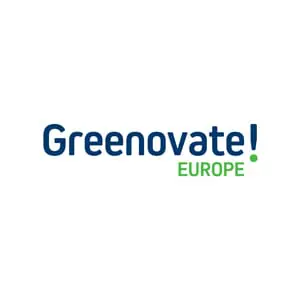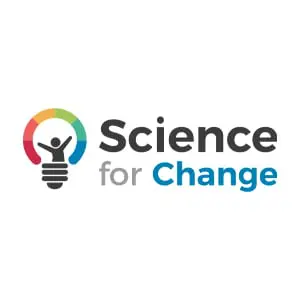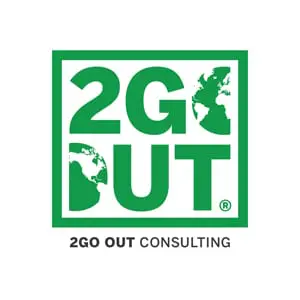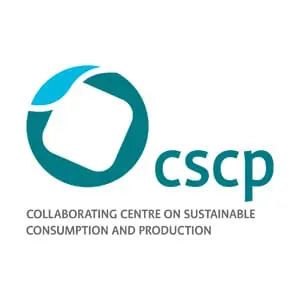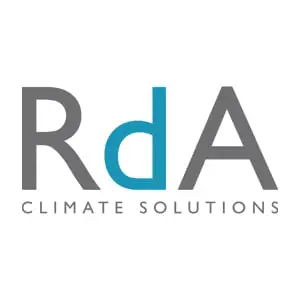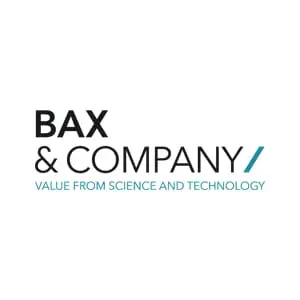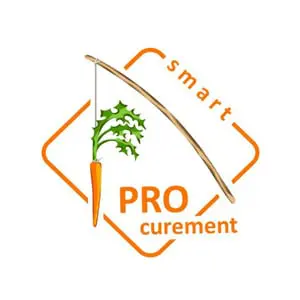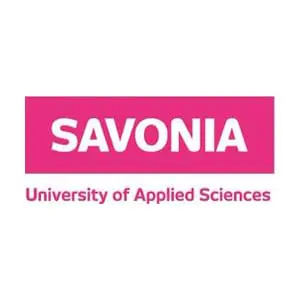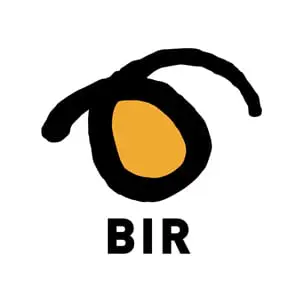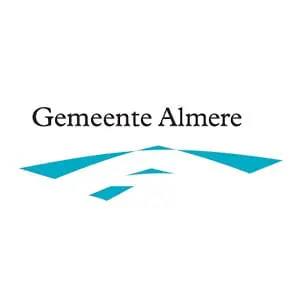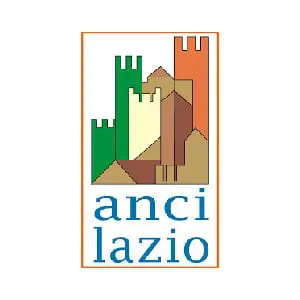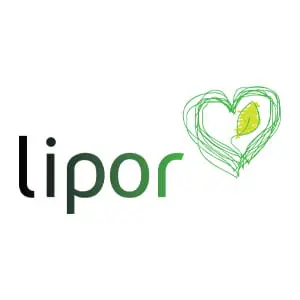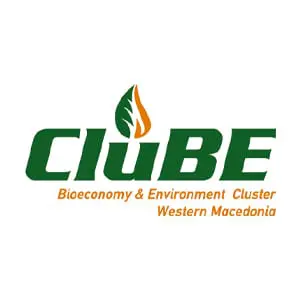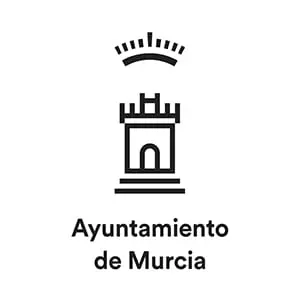Bio-Circularity Label
The HOOP Circularity Label tool is an instrument to understand the current performance of a city/region regarding the implementation of bio-circular measures.
Circular strategies
Guidance, Informative, Self-assessment
Go to link
Circular Valuation method
The HOOP Circular Valuation method is a clear and simple method for companies and public bodies to assess whether circular projects are financially attractive.
Circular strategies, Financing
Self-assessment
Go to link
Project Maturity Level
The HOOP Project Maturity Level (PML) is a standard guidance and ranking tool that evaluates the maturity level of the projects in accordance to several criteria to accomplish and reach, in order to improve their maturity and bankability to mobilise green financing and funding for its realisation.
Financing, Investment
Self-assessment
Go to link
Biograce
The BioGrace-II tool is an Excel-based tool for the calculation of greenhouse gas (GHG) emissions for electricity, heat and cooling from biomass. It is developed from a European Union policy perspective. The tool is developed for companies that want to demonstrate compliance to RED-II sustainability criteria, for auditors who verify claims made by companies, and for anyone else making bio-energy GHG emission calculations for instance for scientific purposes.
Consultancy, Self-assessment
Go to link
Circular design toolkit
Learn how to change your business model to circular and secure your financial future. Is the business model sustainable economically? The Circular Economy requires new paradigms of doing business but once old patterns are overcome, new opportunities for prosperous business models that are beneficial for all are manifold. Use them!
Circular business models
Guidance
Go to link
Circular Transition Indicators
Measure your company’s circular performance and guide yourself with the Circular Transition Indicators.
Circular business models
Consultancy, Guidance
Go to link
Circulytics
Material Circularity Indicators (MCI) is an assessment tool for companies to improve product design and material procurement. It enables users to analyse and evaluate a range of environmental, regulatory, and supply chain risks for their designs and products.
Circular strategies
Self-assessment
Go to link
Coaching Activities
The Enabling Coaching Activities, available through an online simple questionnaire provided via the website, will support biomass producers or the BBP industry for the uptake of emerging best practices and help the applicants figure out more details about the bio-economy and its component. The applicant can ask about biomass, bio-based products, innovation & technologies, scientific papers, EU and national laws, and much more.
Circular business models, Circular strategies, Incentives, Legislation, Valorisation technologies
Consultancy, Guidance
Go to link
European Bioeconomy Library
The European Bioeconomy Library is a transparent, readily available, user-friendly bioeconomy knowledge base platform. It offers a broad collection of the key outcomes of EU-funded CSA-type projects on bioeconomy topics funded in the last 15 years, making them readily available, integrated and actionable by industries and policy makers.
Circular business models, Circular strategies, Incentives, Legislation, Valorisation technologies
Consultancy, Guidance, Informative
Go to link
Green City tool
This tool is both a simple self-assessment and benchmarking tool for cities, and a source of information and advice for anyone wanting to learn more about how we can make cities greener and more sustainable. This tool is all about city governance and the approach taken to sustainable urban planning – it is not about quantitative indicators of sustainability, although it will guide you to the best places to find such information.
Circular strategies
Self-assessment
Go to link
InnProBio Bio-based Products Database
In this database you find a range of bio-based products that are already on the market. For each product you can find information on the product itself, for example its specifications, bio-based content, and sustainability certification. This database is only available in the English language.
Citizen awareness
Consultancy, Informative
Go to link
Knowledge center for bioeconomy
The Knowledge Centre for Bioeconomy supports policymaking by identifying, filtering and structuring relevant information and making it accessible; bringing together researchers, policymakers and other experts in the field; analysing, synthesising available evidence and communicating it in a transparent, tailored and concise manner
Circular strategies, Legislation
Informative
Go to link
ResCoM Circular Pathfinder
Starting tool for companies interested in circular economy thinking. It allows them to explore and identify the most suitable circular pathways for their products by answering just a few questions. Informed by best practices of other companies, the Circular Pathfinder guides the user towards circular pathways that have potential in their specific case. It explains why certain pathways, such as product remanufacturing, life extension or recycling are of interest, with examples.
Circular strategies
Go to link
Water footprint, Product gallery
Get a snapshot of the impact of your daily lifestyle. Compare how much water is used to make a variety of products so that you can choose to reduce your water footprint. For those that want to find out more, the green, blue and grey water footprint shows the source of water consumed and the volume of fresh water required for assimilation of pollutants.
Citizen awareness
Informative
Go to link
